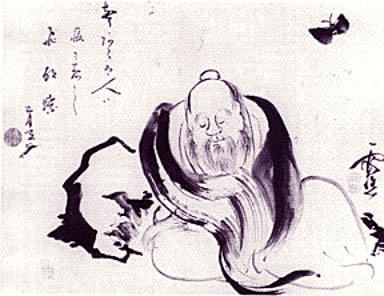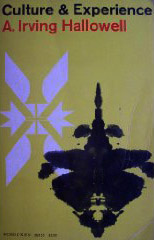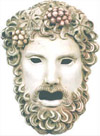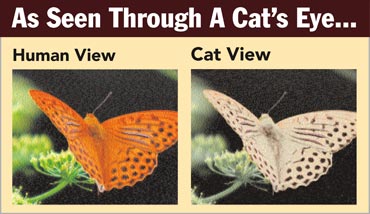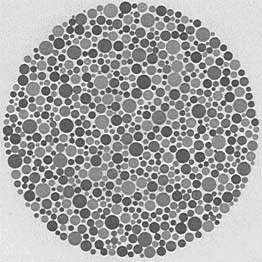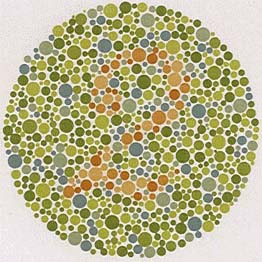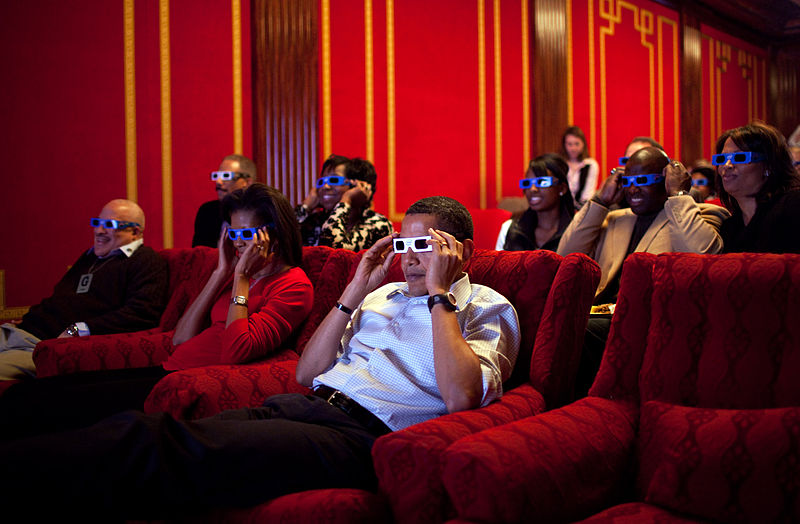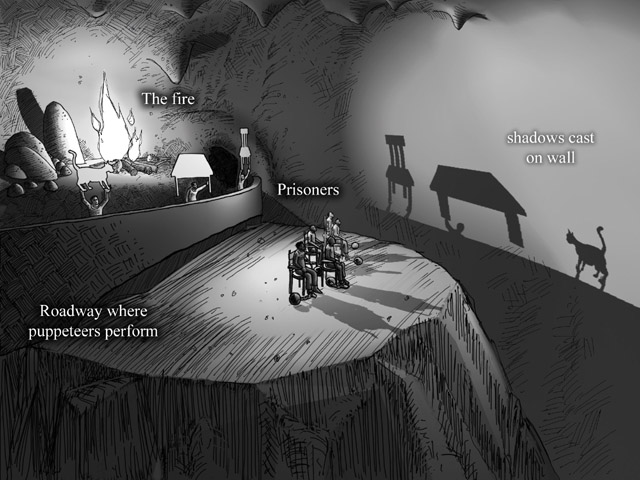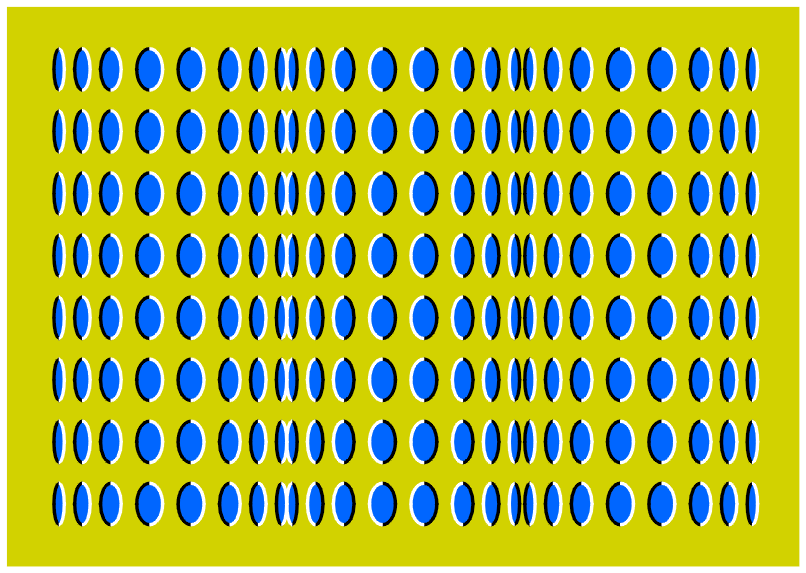Many Ways to See the World:
Selective Attention
See also  . .
First, take the . . .
Selective Attention Test
<https://www.youtube.com/watch?v=vJG698U2Mvo>
Read and follow the directions carefully.
(Be sure to also count the bounce passes.)

Be sure to try your very best to follow the instructions.
(It's short, less than a minute and a half).
When you are finished with the Selective Attention Test, watch . . .
The Monkey Business Illusion
<http://www.youtube.com/watch?v=IGQmdoK_ZfY>
(It too is short: 1:42)
Again, read and follow the directions carefully.
(And as with THe Selective Attention Test, be sure to also count the bounce passes.)
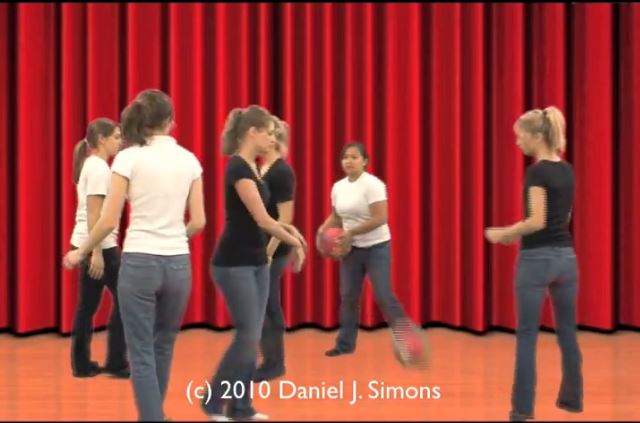
(4) After you have taken Simon and Chabris' tests, think about how what you learned from them about perception might be applied as you view the videos for the rest of the semester as well as the cultural behaviors in real life as you roam the world thereafter
The main purpose of this exercise is to sensitize you to the fact that everyone views things selectively—”quite naturally, and maybe even by necessity. And one's culture plays a huge role in what one "sees" and focuses on (and what one doesn't see and focus on). American men, for e.g., most often do not "see" many details of clothing, color, and personal stylistic adornment (read hair styles, nail treatment, cosmetic adornments and the like).
To view things as a trained observer as anthropologists must do when they're in the field "doing" anthropology one must almost constantly be aware of this natural / cultural tendency to perceive things selectively, and try to compensate for it by paying attention to items not otherwise selected for, while at the same time being careful "not to miss anything".
Hopefully, this exercise will make you just a little more critical in the way you look at things—”and especially the class videos—”for the rest of the semester (and maybe even for the rest of your life, for that matter).
You are not expected anything to submit anything—no reaction, or report, or forum posting. This is a "re-vision" activity, and it should benefit you in performing well in the exams and overall for the course. And hopefully it will also help on your way to having a genuine anthropological perspective on life in general.
Other Materials from Christopher Chabris and Daniel Simons . . .
"Demonstrations, videos from our research, videos of us speaking, etc. Dan's YouTube Channel includes most of these videos as well as favorites from around the web that are related to or mentioned in our book. You can view more videos on his personal website."
Other Videos -- the invisible gorilla -- the invisible gorilla
The Book . . .
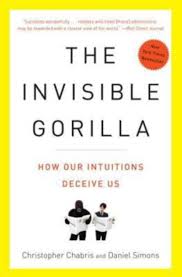
. . . discusses six "everyday illusions" . . .
| 1. |
The Illusion of Attention
("Inattentional Blindness") |
| 2. |
The Illusion of Memory |
| 3. |
The Illusion of Confidence |
| 4. |
The Illusion of Knowledge |
| 5. |
The Illusion of Cause |
| 6. |
The Illusion of Potential |
Wilipedia
Christopher Chabris
Daniel Simons
Inattentional blindness
Other Works of Interest
- Optical Illusions WebPage

- Kahneman, Daniel
 . Thinking Fast and Slow. NY: Farrar, Straus and Giroux, 2011. . Thinking Fast and Slow. NY: Farrar, Straus and Giroux, 2011.
- Macknik, Stephen L., Susana Martinez-Conde, and Sandra Blakeslee. Sleights of Mind: What the Neuroscience of Magic Reveals about Our Everyday Deceptions. NY: Henry Holt and Company, 2010.
- Nassim Nicholas Taleb
- Incerto -- an investigation of luck, uncertainty, probability, opacity, human error, risk, disorder, and decision-making in a world we don’t understand
- Fooled by Randomness: The Hidden Role of Chance in Life and in the Markets. 2nd Ed. NY: Random House, 2008.
- The Black Swan: Second Edition: The Impact of the Highly Improbable: With a new section: "On Robustness and Fragility". NY: Random House, 2010.
- Antifragile: Things That Gain from Disorder. NY: Random House, 2014.
- The Bed of Procrustes: Philosophical and Practical Aphorisms. NY: Random House, 2016.
- Malcolm Gladwell

- The Tipping Point
 . Boston: Little, Brown and Company, 2000. . Boston: Little, Brown and Company, 2000.
- Blink: the power of thinking without thinking
 . NY: Little, Brown and Company, 2005. . NY: Little, Brown and Company, 2005.
- Outliers: The Story of Success
 . NY: Little, Brown and Company, 2008. . NY: Little, Brown and Company, 2008.
- What the Dog Saw: And Other Adventures
 . NY: Little, Brown and Company, 2009. . NY: Little, Brown and Company, 2009.
- David and Goliath: Underdogs, Misfits, and the Art of Battling Giants
 . NY: Little, Brown and Company, 2013. . NY: Little, Brown and Company, 2013.
|
